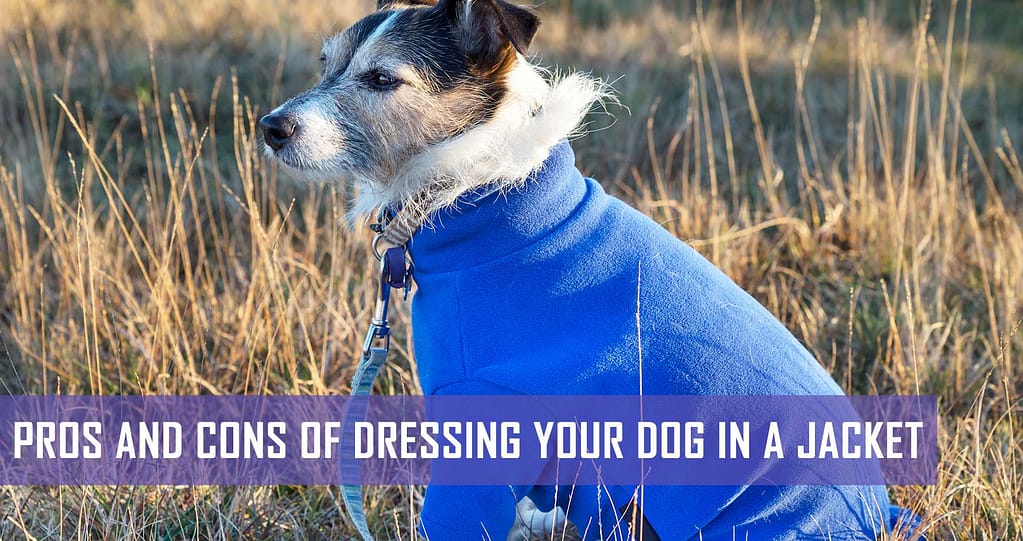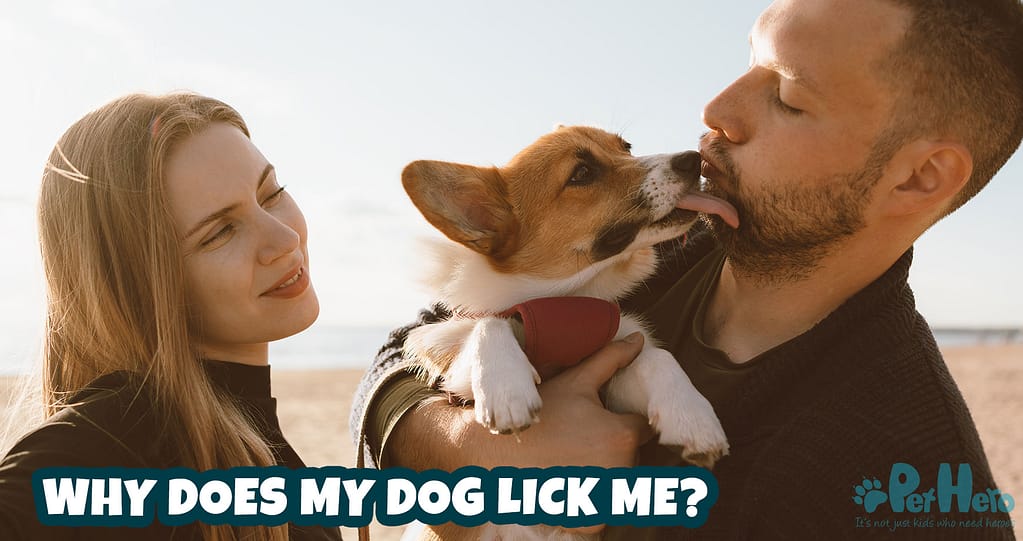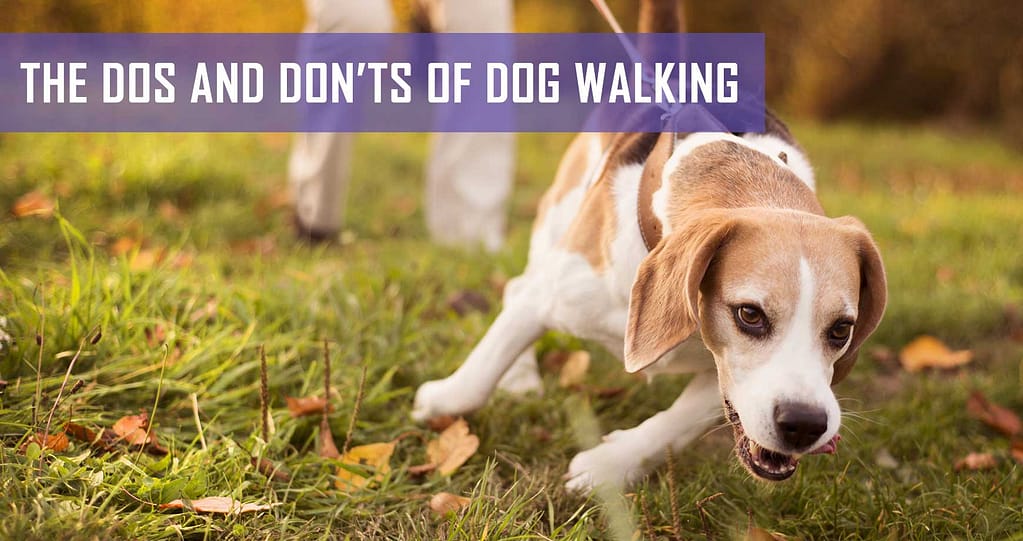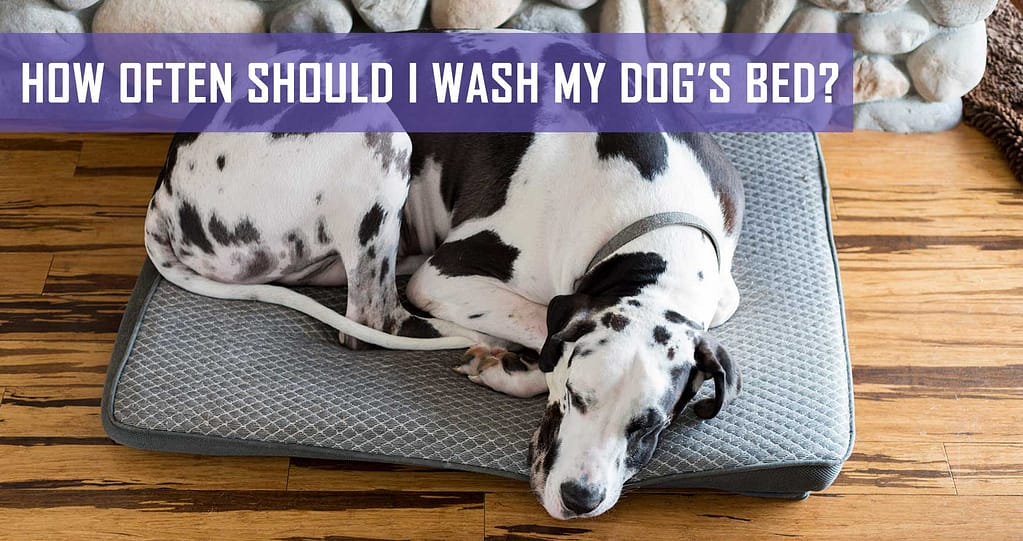In our previous article, we answered the question “Do dogs get cold in winter?” The overall answer is yes, although there are some questions of size, breed and age that determine what you can do to keep your dog warm. One of the solutions to keeping your pup nice and toasty during the cold months is to dress her in a doggy jersey or jacket. She will be able to keep herself warm and look super cute! BUT… there’s always a caveat, so let’s look at the upsides and downsides of dressing your dog in a jacket:
PROS
Warmth and comfort
Doggy jackets provide warmth for dogs whose short fur coats don’t offer them much by way of winter protection. Short-haired dogs like (English and French) bulldogs, Jack Russells, pit bulls, Boston terriers, Weimaraners, Chihuahuas, staffies, fox terriers, greyhounds and whippets do well in moderate temperatures, but as soon as the numbers drop into the low teens, it’s time for a doggy jersey or jacket. A well-fitting jacket will help to insulate them against cold temperatures and keep them comfortable during winter.
Protection from the elements
All dogs should have a reasonable amount of outdoor time, even in winter. In regions with cold and wet winters, a waterproof jacket for your dog will help to keep her dry, ensuring you don’t return home after walkies with a shivering ball of wet fur.
Age-related protection
Aside from keeping old and/or arthritic dogs protected from the winter cold, doggy jackets and jerseys can provide added comfort to dogs with joint problems and age-related aches and pains. This is hugely dependent on the jacket or jersey being an ideal fit. There may be some trial-and-error required, especially if your dog has a breed-specific shape: think of the shape differences between a deep-chested, long-legged whippet vs a sausage-bodied, short-legged dachshund.
CONS
Embarrassment
Believe it or not, dogs can ‘read’ human emotions and they know when they’re being made fun of. When a dog is dressed in a cutesy jacket and is laughed at for it, she can experience embarrassment and will associate the jacket with a negative experience. Be willing to accept that your dog is negatively affected emotionally when she is forced to wear a jacket (or any doggy costume or apparel), and take it off her if she seems uncomfortable or embarrassed by it.
Health hazard
If the doggy jacket or jersey is the wrong fit, it can restrict your dog’s movement and cause lesions and irritations at pressure points like the back of the neck (if the jersey neck is too tight) or in the ‘armpits’ (if it’s too tight under the front legs). The jacket should not be restrictive in any way or impede your dog’s natural movements. It should also not be too big so as to slip off and cause your dog to get tangled up in the jacket.
When shopping for a dog jacket or jersey, be sure of your dog’s measurements: her length, width and chest circumference, as well as other dimensions. For instance, a greyhound is a large dog with a big chest, which may be quite severely laterally compressed (meaning it’s a deep, narrow chest), but she has very short/shallow loins. This creates a very unique curved shape from chest to hips. Another equally large dog like a mastiff or a Dalmatian may be the same height as a greyhound, but his shape is very, very different.
Perfect, comfortable fit is critically important to avoid the jacket becoming a nuisance or a health hazard.
Temperature regulation problems
If dogs come with their own fur coats ‘built in’, why do they need doggy jerseys and jackets for wintertime anyway? All dog breeds are different – with some able to withstand colder temperatures better than others. Dogs bred specifically for working in colder climates (think huskies, Malamutes, German shepherds, border collies, St. Bernards, etc.) have thick, insulating undercoats and coarser, waterproof top coats. These breeds will have no problem staying warm in South Africa’s relatively moderate winter climate and can regulate their own body temperature during variable conditions. If you do dress your longer haired dog in a jacket, don’t leave it on her all day. Remove it to groom her and prevent her coat from matting, and also give her a chance to regulate her own body temperature.
Despite being able to regulate their body temperature, short-haired breeds may need a little additional help with a doggy jacket when temperatures get nippy. That being said, a synthetic outer covering (a jacket) will help to insulate and keep your dog warm, but it can also impede her body’s ability to regulate her temperature. Don’t leave the jacket on her indefinitely. Take it off her during the warmer parts of the day as well as when she has access to blankets and bedding. She may not need both a jacket and blankets, and she may end up overheating. Only use a doggy jacket when your pup needs additional cover when she’s outdoors for walkies or playtime.
Allergic reaction
While you can never predict if your dog will have an allergic reaction to the materials in a dog jacket, it’s important to observe her behaviour when she’s wearing it – whether for the first time or the hundredth time. A dog’s allergic reaction to clothing material can look like any of the following:
- itching and redness
- swelling up of the facial area (including ears)
- red skin with inflammation
- sneezing
- vomiting and/or diarrhoea
If any of these symptoms show up, remove the jacket and see if they go away, then speak to your vet about diagnosing a possible allergy. Try a different doggy jacket made from a different fabric.







